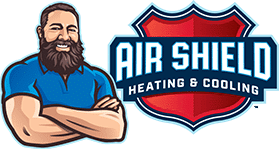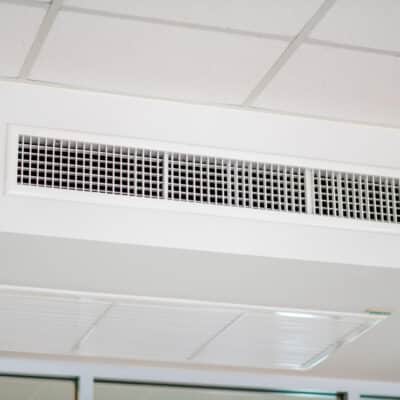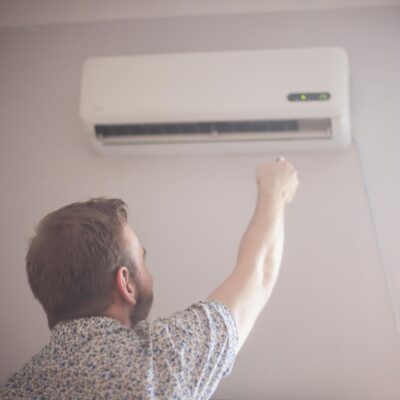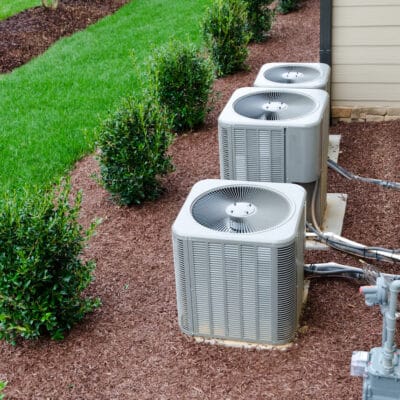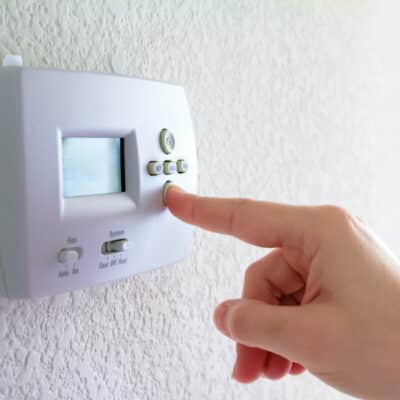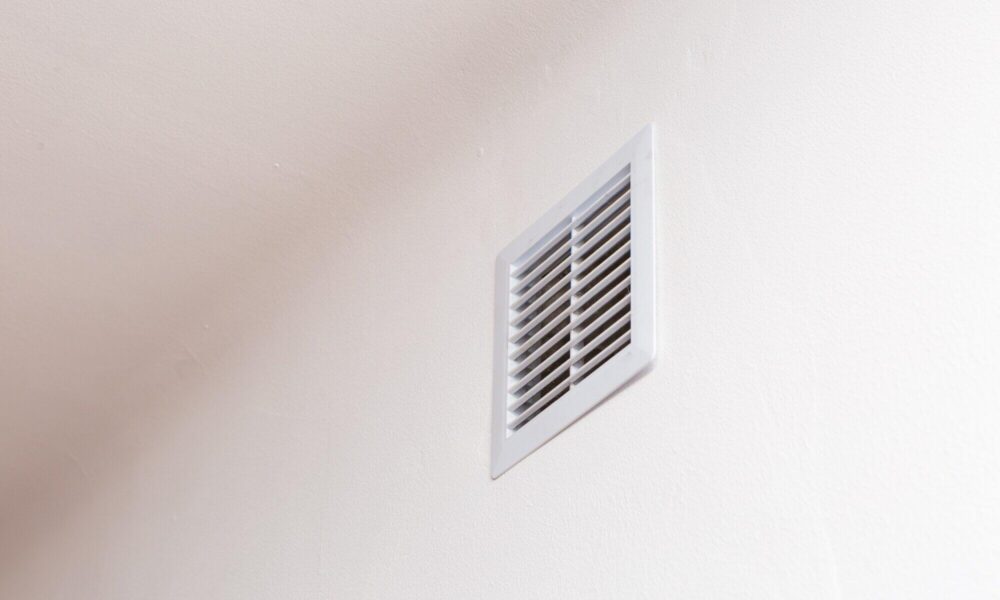
The high humidity levels in Florida create an ideal environment for many issues that will cause your air ducts to need servicing, such as mold growth and dust accumulation. The best response to this is duct cleaning to ensure you maintain a healthy living environment for you and your family. However, if you want to investigate this, you probably have one pressing question:
How does duct cleaning work, exactly?
Below, our guide will explain the process and its key benefits so that you can determine the best time to have your system examined. So, read on to discover the “when” and the “why” of HVAC cleaning and learn why Air Shield Heating & Cooling is the company you want to call today.
Why the Gulf Coast is the Nemesis of Clean Ducts
As mentioned above, Florida’s humidity is one of your ducts’ greatest dangers. Mold spores commonly grow more easily in such conditions, boosting their spread and meaning they could end up throughout your ducts very quickly, as well as in any areas of the house that the ducts connect to. These spores can then irritate the lung linings, causing issues like:
- Allergies
- Asthma
- Respiratory distress
- Secondary infections
The EPA recommends that you clean your ducts whenever necessary for the health of anyone in the home. Not only can this remove the mold, but by talking to those you hire to clean, you may be able to identify it and learn where it probably spread from. Thus, you can then take action to avoid the spread in the future.
However, a high-quality, clean duct system will also function better, helping you maintain low indoor humidity. As such, cleaning not only removes existing issues; it also prevents them.
Salt Spray vs. Sheet Metal
Living in the coastal area, it’s important to note that the air is laden with salt. When pulled into an air duct, this air will quickly corrode the metal in the ductwork far faster than in other areas. These ducts will then spring air leaks, reducing the HVAC’s efficiency and potentially causing it to overwork, meaning you need to get it serviced more often.
Regular inspections during duct cleaning can discover such issues, allowing you to resolve them and keep your system in better condition, saving you money.
At the same time, discuss the possibility of using a protective coating with a professional duct cleaner. These products can mitigate salt-induced damage and increase HVAC duct longevity.
However, if they find severely corroded ducts, you may need to replace them. Ensure that you are ready for that possibility.
How Does Duct Cleaning Work?
The complete list of duct cleaning steps goes beyond simply wiping down the system. For example, they will assess the duct system not only for debris but also for:
- Mold
- Dangerous dust buildup
- Damage
- Water intrusion
- Tune-up requirements
The information they provide helps you to make better AC-related decisions.
Pre-Clean Inspection and Negative Pressure Setup
Technicians will inspect the whole duct system, helping them estimate the time and resources required for a complete cleaning. This step also includes a full documentation process, allowing the company to reference it later or give you information in case you need it for your records.
Following the inspection, a duct cleaning technician will attach a special, high-powered vacuum to the duct system, creating negative pressure to prevent contaminants from escaping into the living space. The vents will also be closed, and only one way in and out will remain, creating airflow into the vacuum.
Removing Debris
Using mechanical brushes, the technician will scrub the inside of all the ducts. This process dislodges any dirt or debris in the system, allowing it to pass along the air path. Anything heavier can be manually moved later with air whips, ensuring the removal of everything within the duct, including more stubborn debris.
The process tends to focus more on bends and joints in the ducts, using techniques intended to avoid or prevent damage to the surface of the duct itself. These areas make it easier for dust and debris to accumulate, creating the perfect environment for mold or other organisms to grow.
Cleaning the HVAC Components
The technicians will then clean and inspect all of the internal components of the HVAC to boost system performance. Any accumulated dirt can prevent airflow and lower efficiency, harming moving components as they scrape against it. As such, doing this helps you avoid further damage.
As they go around your system, experts will inspect it for any wear and tear, informing you of it via documentation and recommending repairs if necessary. If it’s been a while since your last duct cleaning or inspection, be prepared for the possibility of required maintenance or even parts replacement. Ensure you regularly maintain these components to extend the life of your system.
Antimicrobial Misting and Final Pressure Test
One of the final steps is to pump an EPA-approved solution through the duct to sit as a layer on the internal surfaces, inhibiting the growth of future microbes and ensuring the safety of you and your family, even in the high year-round humidity of Florida. Finally, after this settles, the team will do a final pressure test to check for leaks post-cleaning and tighten any locations where air seems to escape.
Then, you can enjoy the benefits of a renewed HVAC system and the warranty reassurances of a fully documented cleaning process.
Breathe Easier with Air Shield Heating & Cooling
A clean air duct system can boost your home’s air quality and help prevent the growth or spread of spores, microbes, or other pathogens. Now you can answer, “How does duct cleaning work?” you should know how we can protect your family from these and other allergens or contaminants lurking in your HVAC.
Air Shield Heating & Cooling is an expert team with experience in Florida’s high-humidity climate. We can both ensure that your duct remains clean and offer you professional advice on how to ensure it remains that way. So, contact us to schedule a comprehensive duct cleaning today.

